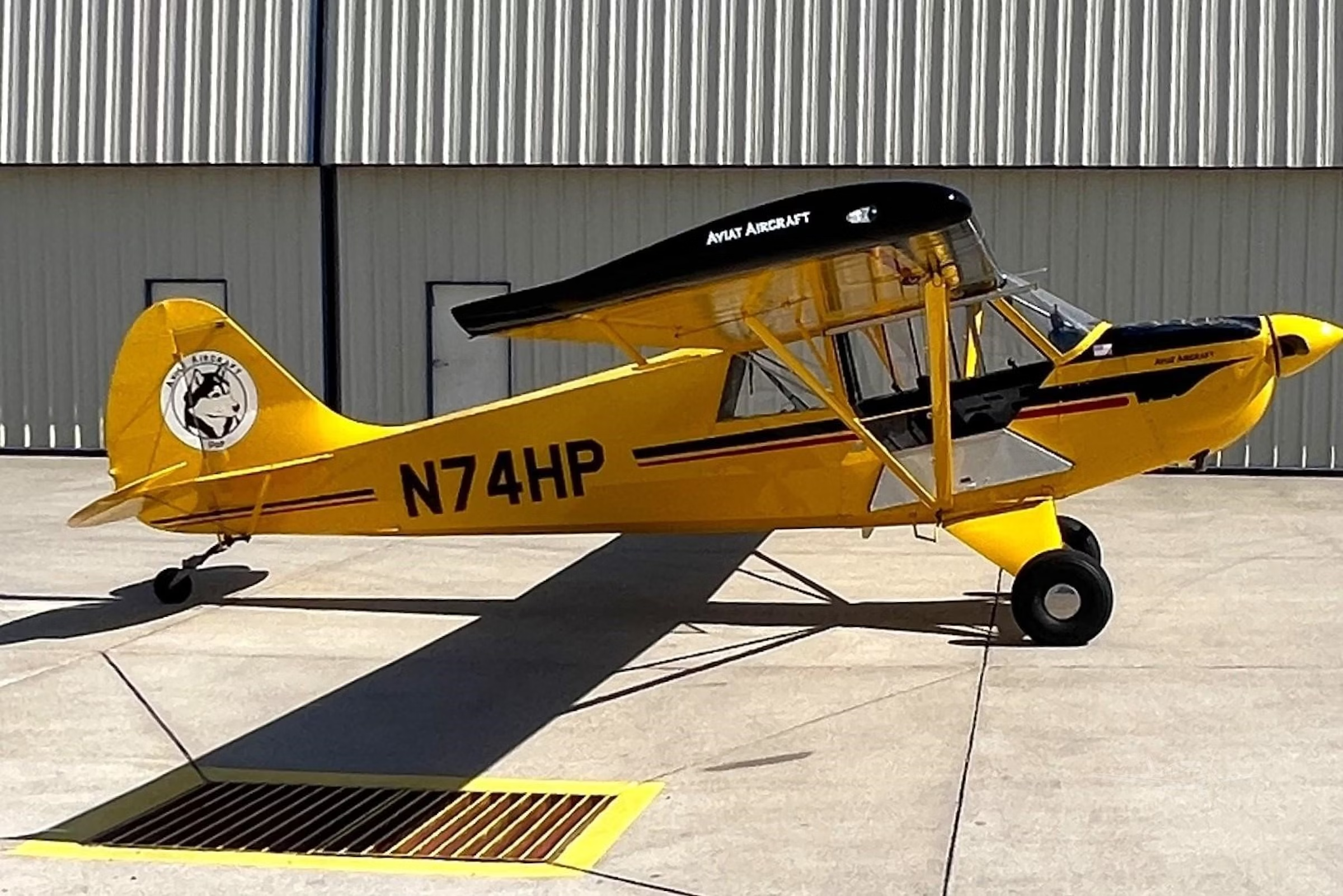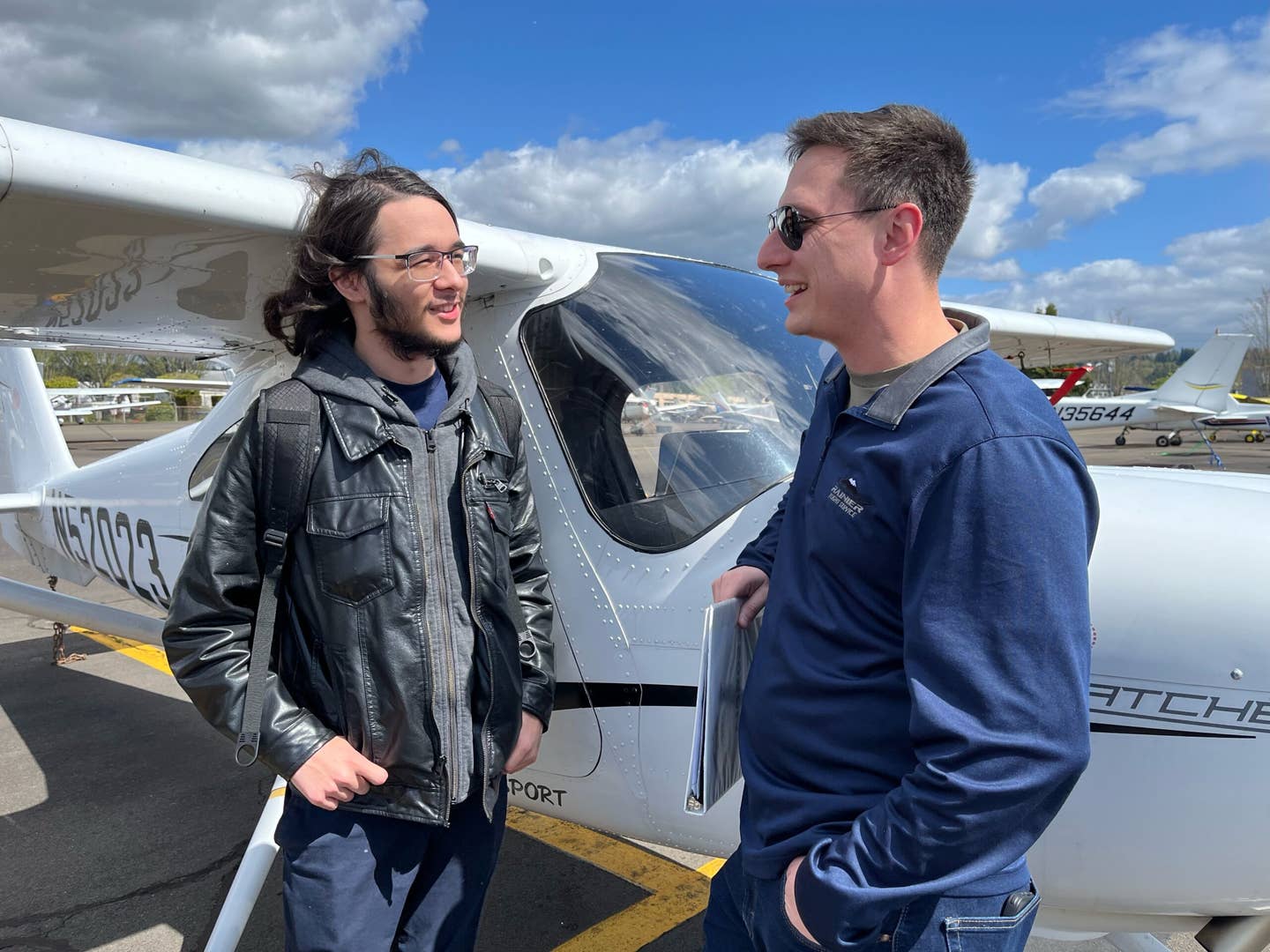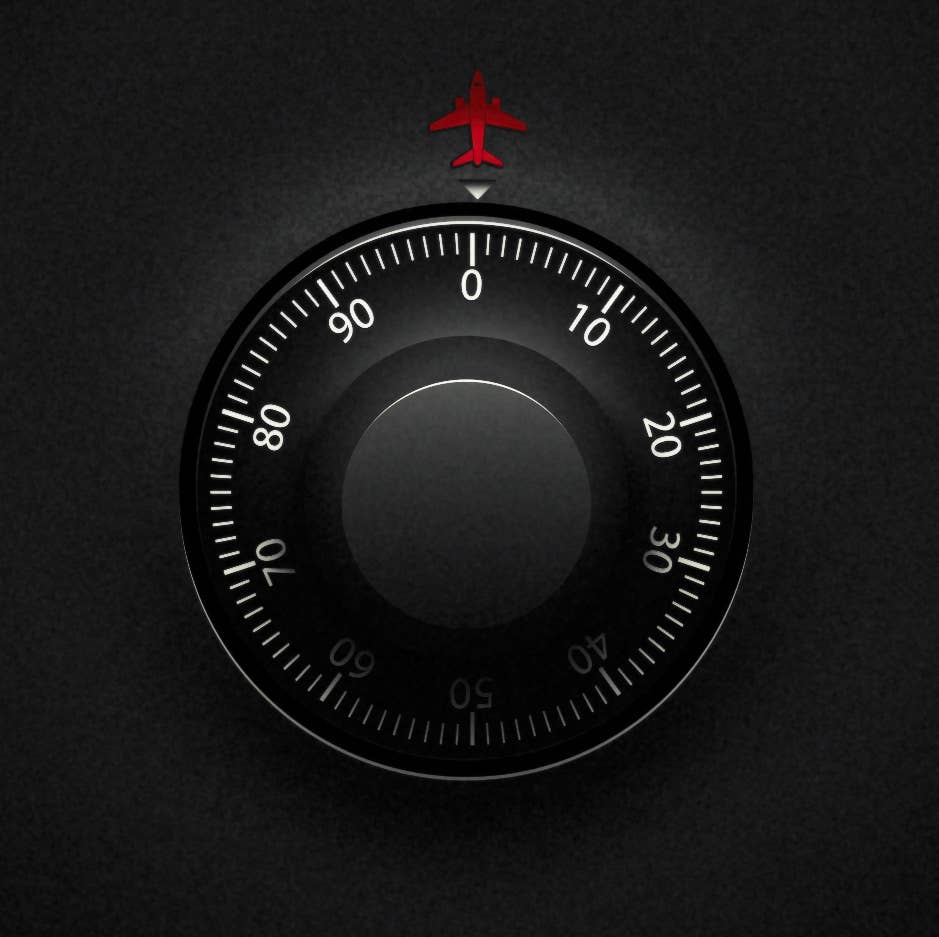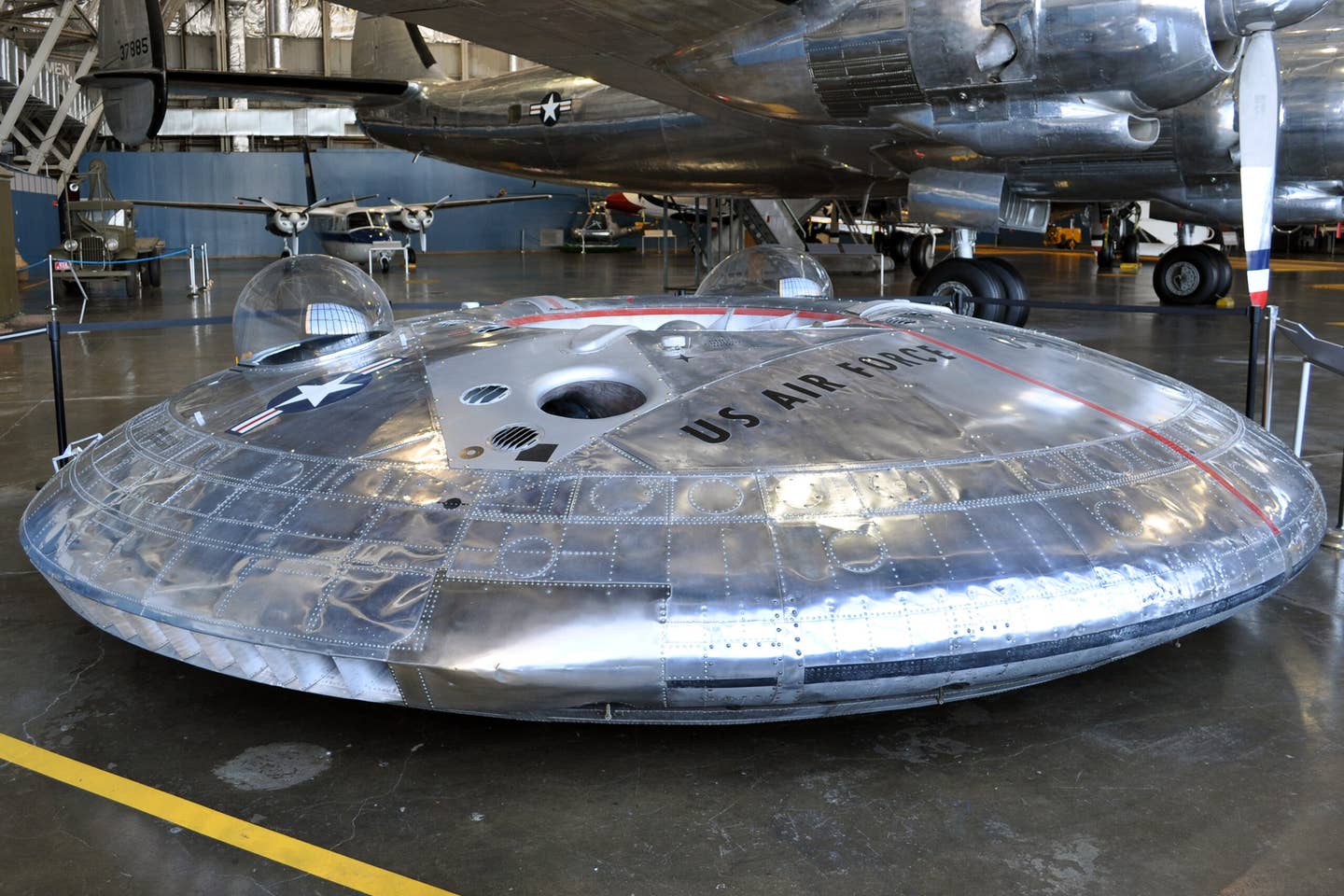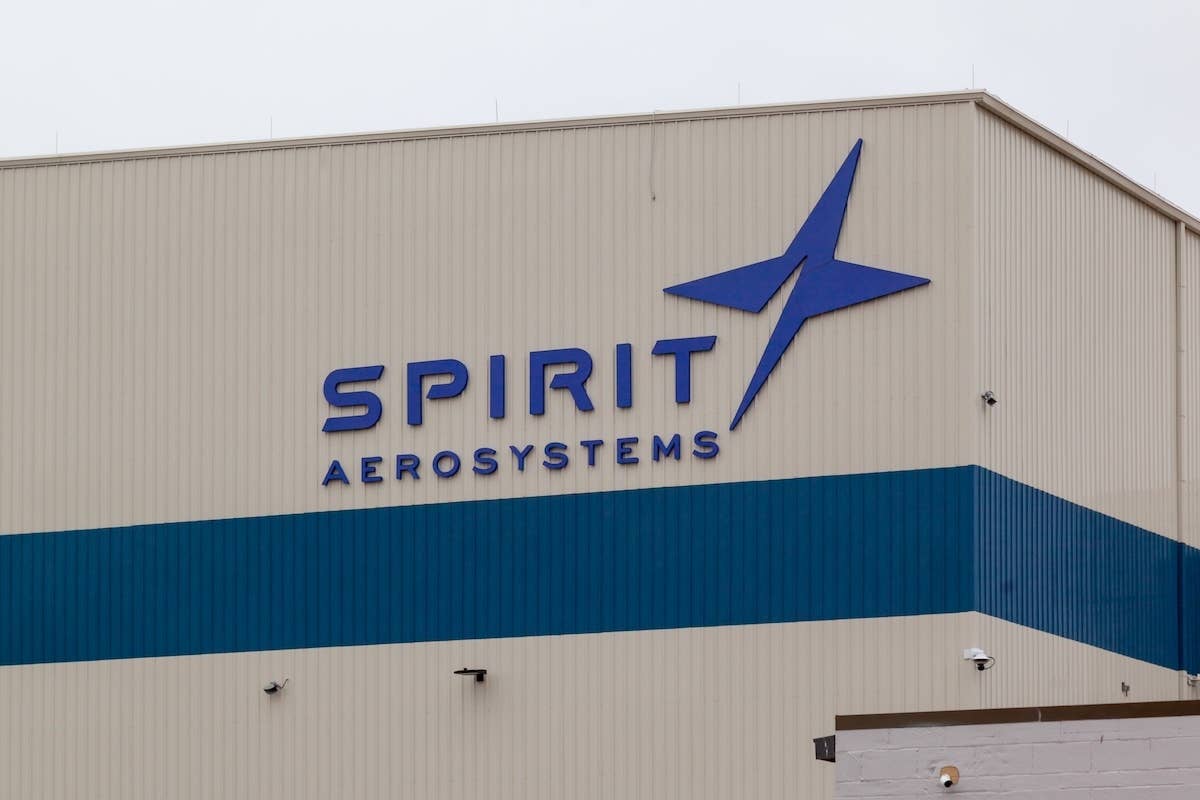Army Partners to Automate UH-60L Black Hawk
Near Earth Autonomy and Honeywell look to retrofit helicopters with systems that could eliminate the need for onboard crew, remote pilots, and continuous data links.
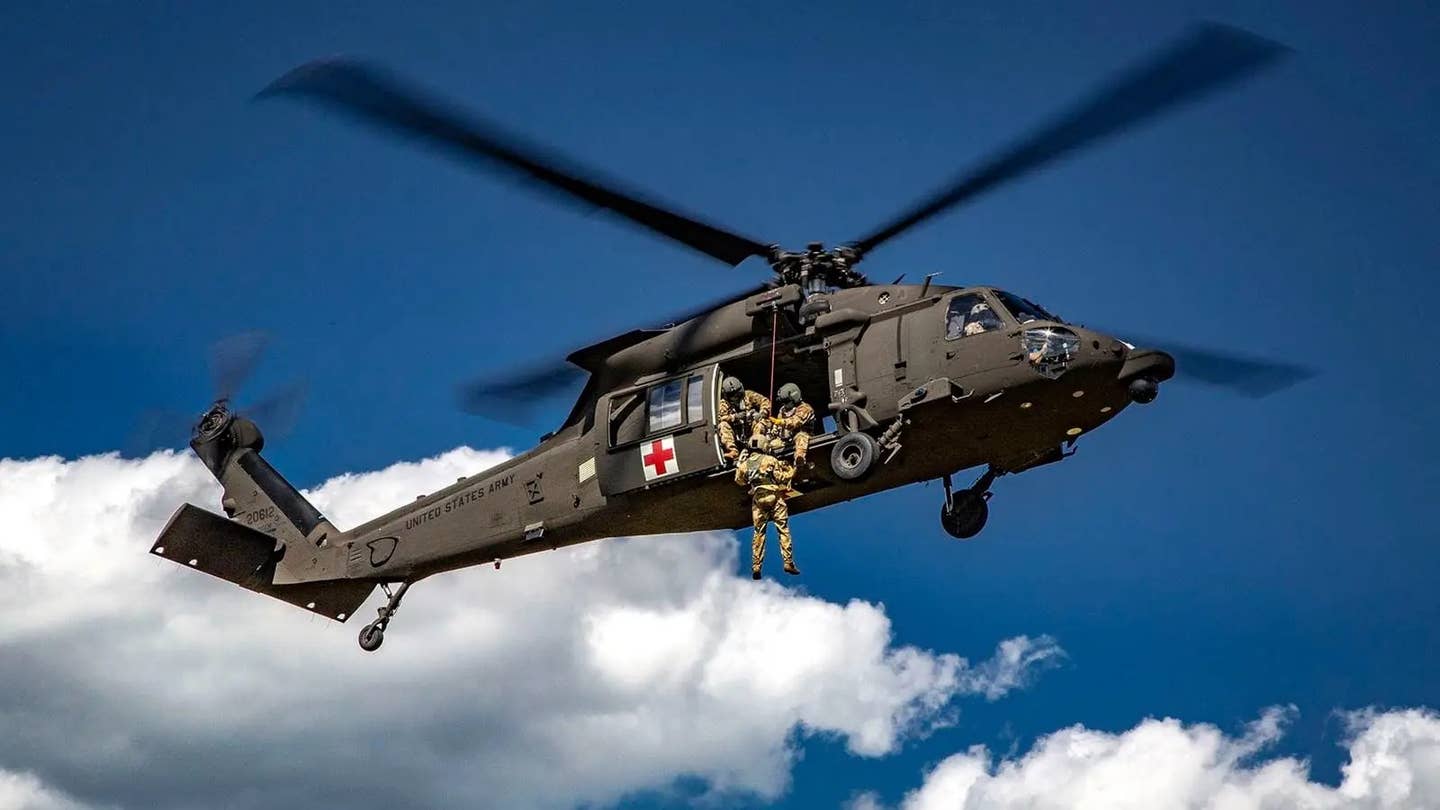
Near Earth and Honeywell are partnering to retrofit U.S. Army Black Hawk helicopters with autonomy systems. [Courtesy: U.S. Army]
The U.S. military is looking to take the pilot out of the cockpit of one of its workhorse helicopters.
Near Earth Autonomy—which says its autonomy systems have powered more than 10,000 flights on over 140 airframes from Airbus, Boeing, Bell, Leonardo, and other manufacturers—on Tuesday announced it will lead a $15 million effort to retrofit U.S. Army UH-60L Black Hawk helicopters alongside Honeywell. The project is funded by the Army Program Executive
Office’s aviation wing, as well as investments from both companies.
The Army plans to conduct a series of uncrewed logistics test flights, with the goal of fielding a mission-ready aircraft that improves the “ability to operate in contested and complex theaters.” Near Earth said its Captain system eliminates the need for onboard crew, remote pilots, or continuous data links, which can lower the risk to personnel in those environments. The system is designed to detect obstacles or traffic and maneuver around them without pilot input.
The partners will begin with the UH-60L, the model that was involved in a fatal collision with a Bombardier CRJ-700 passenger jet in January. But Near Earth said the program “establishes a repeatable, scalable process to retrofit a broad range of rotary-wing platforms.” Designed to accommodate a range of models, Captain could allow the Army to add uncrewed capabilities to other existing and future aircraft, such as the Future Long-Range Assault Aircraft: a planned successor to the Black Hawk built around Bell’s V-280 Valor.
“There are large numbers of UH-60Ls that are being decommissioned or underutilized,” Samuel Dinnar, chief strategy officer of Near Earth, told FLYING. “The Army already has the trained personnel and full logistical tail to support them. Retrofitting them into optionally piloted logistics platforms is in fact turning a surplus asset into an affordable logistics workhorse that allows the Army to conduct logistics operations that require less pilots and, more importantly, reduce operational risks to pilots.”
Honeywell will support the effort with avionics components that are part of the Black Hawk conversion kit, Dinnar said. It is also lending its expertise in system certification and scaled manufacturing. A Honeywell spokesperson described the company as a long-term partner of Near Earth and said their collaboration extends beyond the UH-60L project.
Near Earth claims its founders were behind the world’s first fully autonomous helicopter flight: an uncrewed Boeing Little Bird that flew for the Army’s Combat Medic Evacuation program in 2010. A few years later, Near Earth used the Little Bird to make an autonomous landing in unknown territory for the Office of Naval Research’s Autonomous Aerial Cargo/Utility System (AACUS) program.
In 2021, the company set its sights on an optionally piloted Black Hawk and began working on a proof-of-concept. It has since participated in several Army projects around tactical resupply and even casualty evacuation. In July, for example, Naval Air Systems Command tapped it and Honeywell to retrofit a Leonardo AW139 for the U.S. Marine Corps’ Aerial Logistics Connector (ALC) program. A few months later, Honeywell became a Near Earth investor.
Sikorsky, the UH-60’s manufacturer, also has a variant that is optionally piloted and equipped with its aircraft-agnostic Matrix autonomy system. The model first flew in 2022 and is being developed for a variety of uses, including aerial wildfire containment. Sikorsky is under contract to demonstrate a Matrix-equipped Black Hawk for ALC this year.
The military’s autonomy effort is not limited to rotorcraft. The Air Force is working with Merlin Labs, for example, to retrofit its entire fleet of aerial tankers, such as the KC-135 Stratotanker. Self-flying KC-135 demonstrations are on tap for this year.
The Air Force in August, meanwhile, tested self-flying Cessna 208B Grand Caravans equipped with autonomy systems from Reliable Robotics and Joby Aviation subsidiary Xwing. It later signed a multiyear deal with Reliable, which has its own blueprint to retrofit the KC-135, to explore the automation of airlift and refueling aircraft. Other projects include an autonomous, hybrid-electric, fixed-wing cargo drone prototype.
Like this story? We think you'll also like the Future of FLYING newsletter sent every Thursday afternoon. Sign up now.
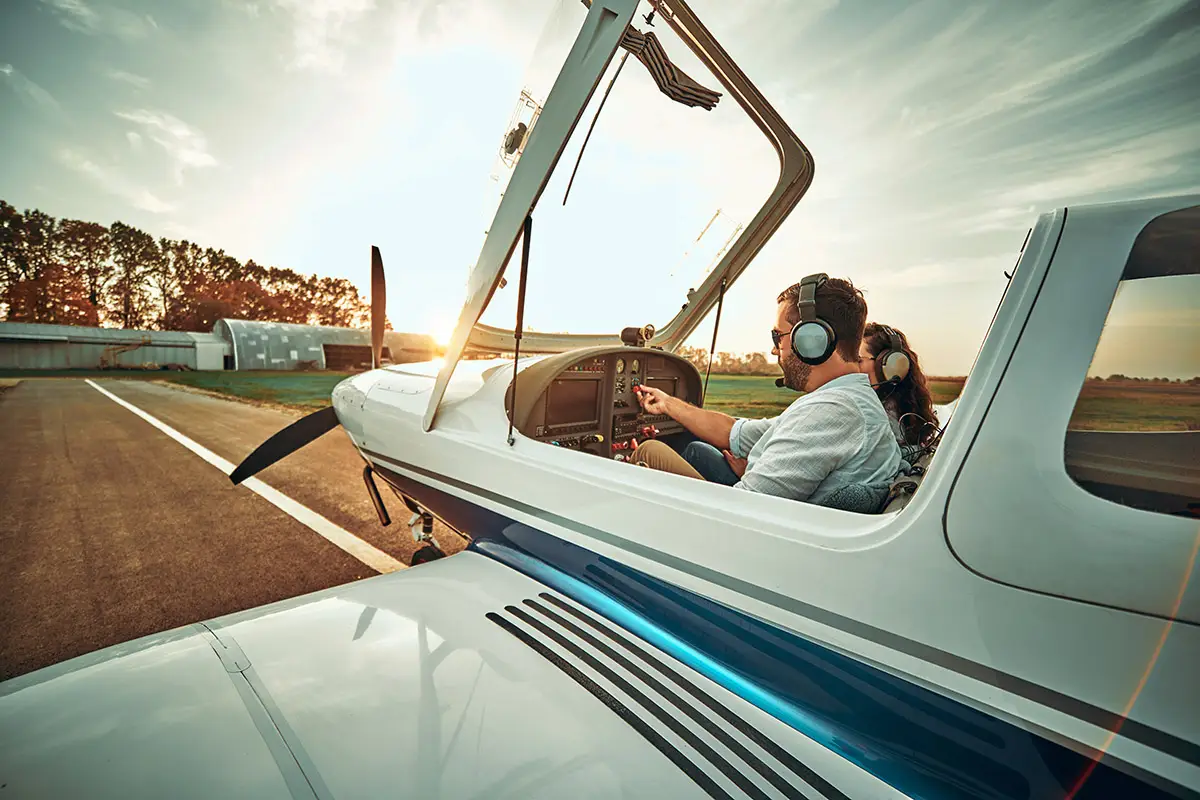
Sign-up for newsletters & special offers!
Get the latest FLYING stories & special offers delivered directly to your inbox

